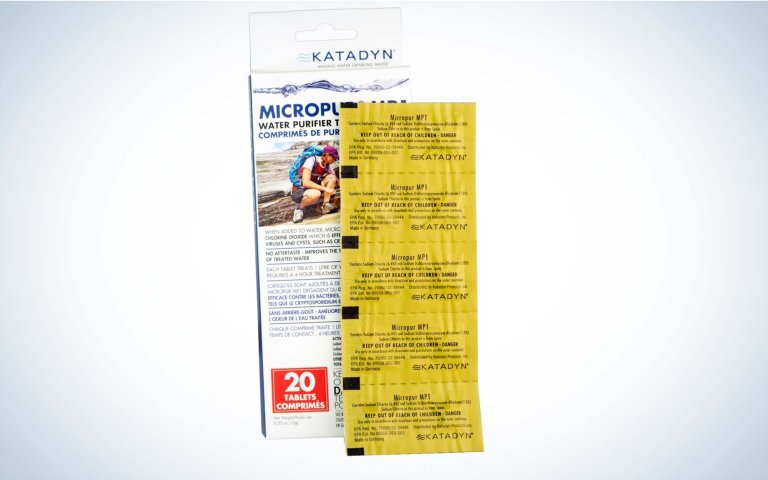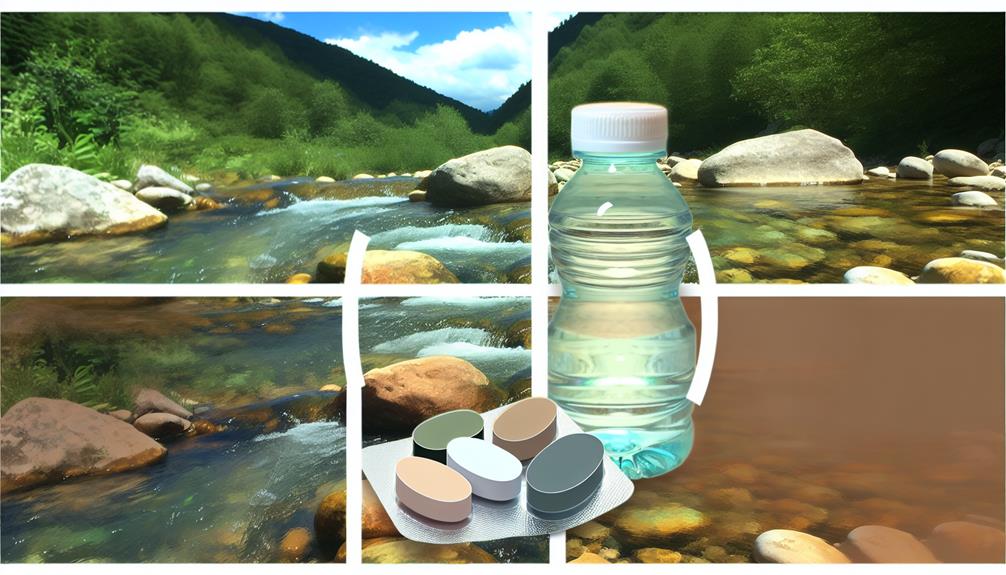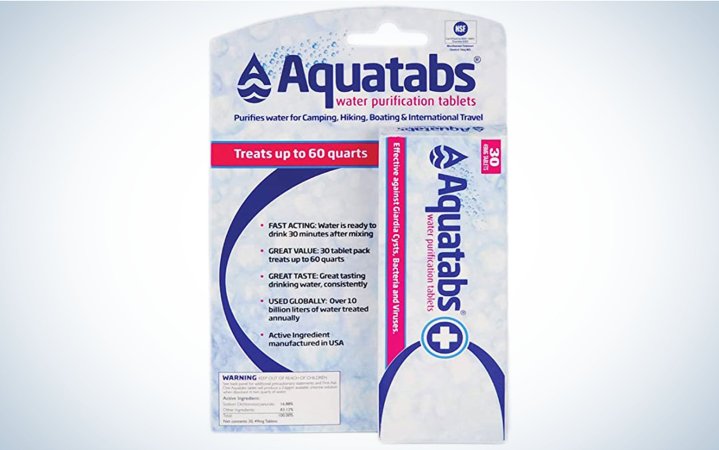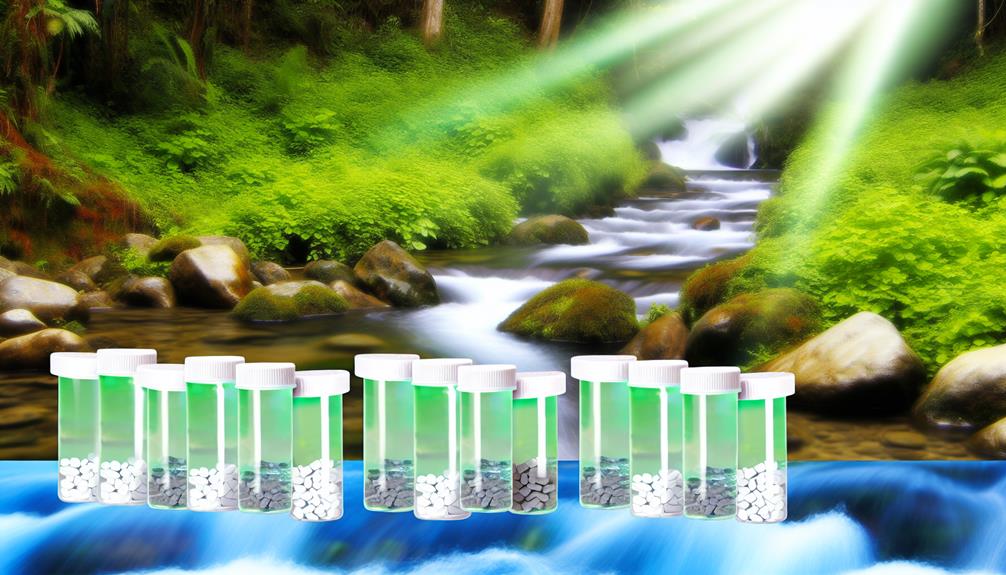Best Water Purification Tablets For Survival
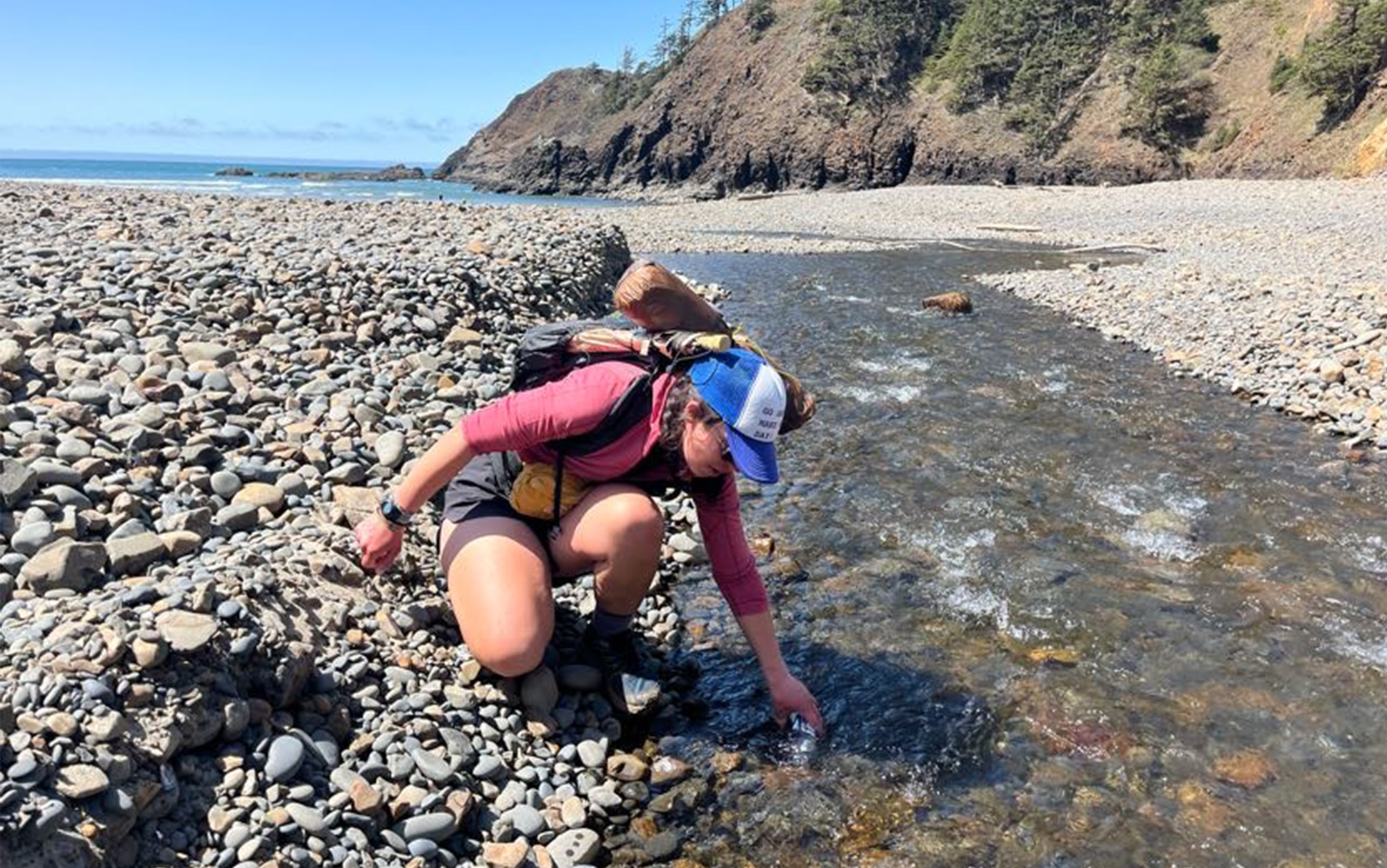
Access to clean drinking water is paramount in survival situations, making water purification tablets an essential component of any emergency preparedness kit. Choosing the right tablets, however, can be a daunting task given the array of options available. This article explores the top water purification tablets on the market, evaluating their effectiveness, ease of use, and potential drawbacks, based on scientific data and user experiences.
The importance of portable water purification methods cannot be overstated. Contaminated water sources can harbor a multitude of pathogens, leading to debilitating illnesses like dysentery, giardiasis, and even more severe diseases. Therefore, selecting effective and reliable water purification tablets is a critical decision for hikers, campers, travelers, and anyone preparing for potential disasters.
Understanding Water Purification Tablets
Water purification tablets primarily rely on chemical disinfectants to kill or neutralize harmful microorganisms present in water. Chlorine and chlorine dioxide are the most common active ingredients. These chemicals disrupt the cellular functions of bacteria, viruses, and protozoa, rendering them harmless.
The effectiveness of these tablets hinges on several factors. Water temperature, pH levels, and the presence of organic matter can all impact the disinfection process. It's crucial to adhere to the manufacturer's instructions regarding dosage and contact time to ensure optimal purification.
Key Considerations When Choosing Tablets
Several factors should guide your selection of water purification tablets. These includes effectiveness against various pathogens, ease of use, taste, shelf life, and any potential side effects. Cost is another practical factor to consider, especially for stocking larger emergency supplies.
The Environmental Protection Agency (EPA) regulates water purification products in the United States. Look for tablets that are EPA-registered, ensuring they meet specific safety and efficacy standards.
Top Water Purification Tablets: A Comparative Overview
Here's a breakdown of some of the leading water purification tablets currently available, highlighting their strengths and weaknesses:
Potable Aqua Germicidal Tablets: These tablets contain iodine and are a long-standing, reliable option. Iodine is effective against most bacteria and viruses, but less effective against certain protozoa like Cryptosporidium. They are relatively inexpensive and have a long shelf life.
Considerations: Iodine can impart a noticeable taste to the water and may not be suitable for pregnant women or individuals with thyroid conditions. The taste can often be mitigated by adding a flavor enhancer like vitamin C powder after the recommended contact time.
Aquatabs: Aquatabs use sodium dichloroisocyanurate (NaDCC), a form of chlorine. They are effective against a wide range of pathogens, including bacteria, viruses, and some protozoa. These tablets are known for their ease of use and relatively neutral taste.
Considerations: While generally effective, they may require longer contact times in colder water or when dealing with heavily contaminated sources. Proper storage is essential to maintain their efficacy.
Katadyn Micropur MP1 Tablets: These tablets utilize chlorine dioxide, considered more effective than chlorine against protozoa like Giardia and Cryptosporidium. Chlorine dioxide also tends to leave a less objectionable taste than chlorine or iodine.
Considerations: Katadyn Micropur MP1 tablets typically have a slightly longer activation time compared to some other options. They may also be slightly more expensive.
SteriPEN Adventurer Opti: While not technically a tablet, the SteriPEN is an ultraviolet (UV) light water purifier and is worth mentioning as an alternative to chemical treatments. UV light effectively neutralizes bacteria, viruses, and protozoa without adding any chemicals to the water.
Considerations: SteriPENs require batteries and pre-filtering to remove sediment, and are a more expensive upfront investment.
Proper Usage and Storage
Regardless of the chosen tablets, following the manufacturer's instructions is crucial. This includes using the correct dosage for the volume of water being treated. Also allow the recommended contact time before consumption.
Proper storage is also essential to maintain the effectiveness of the tablets. Store them in a cool, dry place, away from direct sunlight and extreme temperatures. Check the expiration date before use and replace tablets as needed.
The Human Element: Real-World Applications
Stories from disaster zones highlight the life-saving potential of water purification tablets. Following the devastating earthquake in Haiti, organizations distributed millions of purification tablets to combat the spread of waterborne diseases. These interventions played a crucial role in preventing further loss of life.
Similarly, hikers and outdoor enthusiasts often rely on these tablets as a primary source of safe drinking water. For example, Sarah Jones, an avid backpacker, recounts how water purification tablets were essential during a multi-day trek in the Appalachian Mountains when natural water sources were scarce and potentially contaminated.
Conclusion
Water purification tablets are an indispensable tool for ensuring access to safe drinking water in emergency situations and outdoor adventures. While various options exist, each with its own set of advantages and disadvantages, the best choice depends on individual needs and circumstances.
By carefully considering the factors outlined in this article – effectiveness, ease of use, taste, and cost – individuals can make informed decisions and equip themselves with reliable water purification solutions. Staying informed and prepared can mean the difference between survival and succumbing to the dangers of contaminated water.


